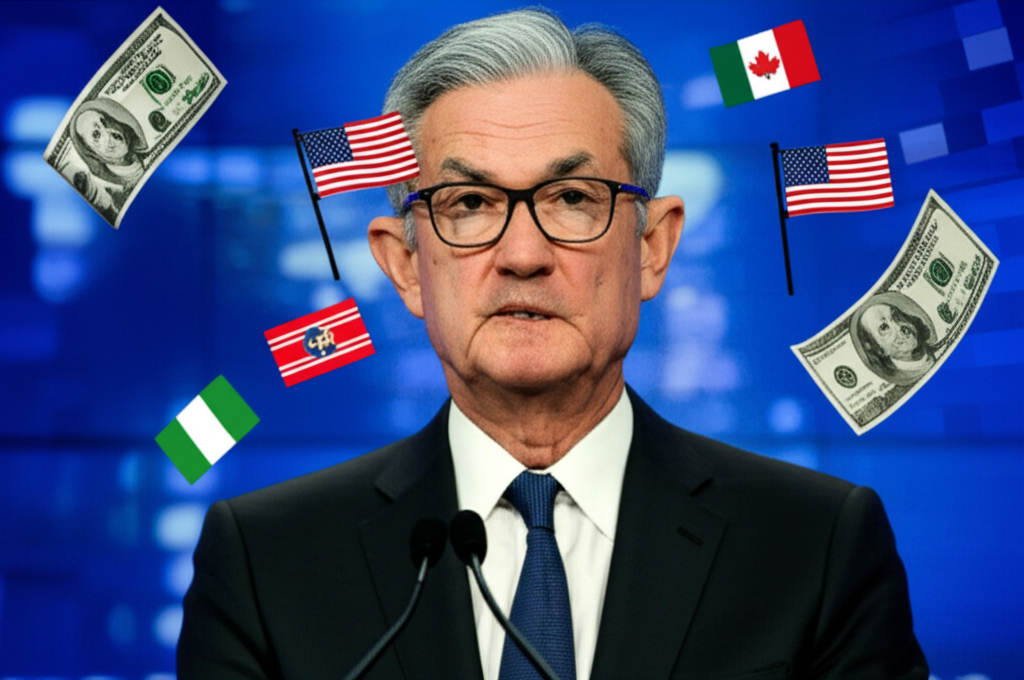Markets Weekly Outlook: FOMC, BoJ and BoE Rate Decisions to Test Risk-Off Mood
The global financial landscape is set for a pivotal week as three of the world’s most influential central banksthe US Federal Reserve (FOMC), the Bank of Japan (BoJ), and the Bank of England (BoE)are poised to announce their latest interest rate decisions. These high-stakes meetings arrive amidst a prevailing “risk-off” mood, characterized by investor caution, flight to safety, and heightened sensitivity to economic data, geopolitical tensions, and persistent inflation concerns. The outcomes of these closely watched gatherings are not merely technical adjustments; they are critical signposts that could either reinforce or significantly challenge the current market sentiment, shaping the trajectory for global equities, bonds, and currencies in the months ahead.
Top of the agenda for market participants will undoubtedly be the Federal Open Market Committee’s decision on Wednesday. After a relentless hiking cycle aimed at taming inflation, the Fed is widely expected to hold its benchmark interest rate steady at the 5.25%-5.50% range. This potential pause, however, does not signal the end of monetary tightening. Attention will quickly pivot to the accompanying Summary of Economic Projections (SEP), particularly the infamous “dot plot,” which illustrates policymakers’ individual interest rate forecasts. Any shift in the median projection, especially if it indicates a higher-for-longer stance or even signals an additional hike later in the year, could jolt markets. Federal Reserve Chair Jerome Powell’s subsequent press conference will be meticulously scrutinized for clues on the central bank’s forward guidance, its assessment of economic resilience, and its commitment to the 2% inflation target. A hawkish pause, emphasizing the readiness to hike again if inflation proves sticky, could lead to further repricing of bond yields and strengthen the dollar, potentially extending the risk-off environment as borrowing costs remain elevated. Conversely, hints of an end to the hiking cycle might offer a temporary reprieve for equity markets.
Across the Pacific, the Bank of Japan’s meeting on Friday presents a stark contrast to its Western counterparts. While other central banks have been aggressively raising rates, the BoJ has steadfastly maintained its ultra-loose monetary policy, including negative interest rates and yield curve control (YCC) to cap long-term government bond yields. Despite persistent speculation and rising domestic inflation, the consensus among economists is for the BoJ to maintain the status quo. However, even subtle shifts in rhetoric or any indication that the central bank is nearing an adjustment to its YCC policy could send ripples across global financial markets. A surprise tweak to YCC, or a more hawkish tone from Governor Kazuo Ueda, would likely trigger a significant strengthening of the Japanese Yen and could put upward pressure on global bond yields as the world’s last major dovish central bank potentially begins its pivot. Given Japan’s status as a major holder of foreign assets, any change in its domestic policy has broad implications for global capital flows and interest rate differentials, impacting carry trades and overall market liquidity.
Meanwhile, the Bank of England, facing stubbornly high inflation and a delicate balance between price stability and economic growth, is expected to deliver another rate hike on Thursday. Analysts anticipate a 25-basis point increase to 5.50%, marking the 15th consecutive hike. The UK economy continues to grapple with a cost-of-living crisis, and recent data has painted a mixed picture, with inflation showing signs of cooling but remaining well above target. The key for markets will be the BoE’s forward guidance. Will Governor Andrew Bailey signal that the hiking cycle is nearing its end, or will the central bank maintain its hawkish stance, emphasizing the need for more restrictive policy to bring inflation sustainably back to target? A more dovish tone could weaken the pound but potentially support UK equities, particularly those sensitive to domestic demand. Conversely, a firm commitment to further tightening might support sterling but could deepen fears of a recession, contributing to the broader risk-off sentiment in European markets.
Collectively, these three meetings will provide a comprehensive snapshot of the global monetary policy landscape. The potential for divergence in policy pathsa Fed on hold but hawkish, a BoJ stubbornly dovish yet under pressure, and a BoE still hiking but perhaps nearing its peakadds layers of complexity to an already fragile market. Investors are bracing for heightened volatility as the implications of these decisions filter through exchange rates, bond yields, and equity valuations, ultimately testing the resilience and direction of the prevailing risk-off mood.





